Timesheet App
Timesheet app provides comprehensive solutions for tracking, managing, and analyzing employee work hours and tasks, offering organizations complete visibility and control over workforce productivity and project allocations.
What is a timesheet app?
A timesheet app is a software tool designed to track and record the amount of time spent by employees on various tasks, projects, or activities within an organization.
These applications typically allow users to input their work hours, specify the tasks they have worked on, and sometimes provide additional details such as project codes or descriptions.
What is the timesheet app used for?
Timesheet app is used for various purposes, primarily revolving around efficient employee time tracking and management within organizations. Here are some common uses:
- Project Management: Facilitate project management by allowing project managers to monitor the time spent by team members on different project tasks. This information helps in tracking project progress, identifying bottlenecks, and optimizing resource allocation.
- Invoicing and Billing: For service-based businesses or freelancers, timesheet app is essential for accurately billing clients based on the hours worked. By tracking billable hours and expenses, businesses can generate invoices quickly and ensure accurate billing.
- Resource Allocation: Organizations use timesheet software data to analyze how employees’ time is allocated across various projects, clients, or departments. This helps in optimizing resource allocation, identifying underutilized resources, and making informed decisions about staffing and project prioritization.
- Compliance and Legal Requirements: Some industries or jurisdictions have strict regulations regarding employee work hours, overtime, and break times. Timesheet apps help businesses ensure compliance with labor laws and regulations by accurately recording and monitoring employee work hours.
- Cost Analysis: Timesheet app provide valuable data for cost analysis, enabling businesses to calculate labor costs associated with different projects or clients. This information helps in budgeting, forecasting, and pricing decisions.
Timesheet app play a crucial role in improving efficiency, transparency, and accountability in workforce management, project execution, and financial operations within organizations.
What are the features of timesheet app?
A timesheet app serves as a powerful tool for modern businesses seeking efficient ways to manage time, tasks, and projects.
From accurately recording work hours to facilitating project management and invoicing, SharePoint timesheet app is designed to enhance productivity, optimize resource allocation, and promote transparency within organizations.
Let’s explore some of key features that make employee timesheet app indispensable assets for businesses of all sizes and industries.
Time Tracking:
Time tracking is a fundamental feature of application, enabling users to monitor and record the amount of time spent on various tasks, projects, or activities.
With employee time tracking functionality, users can accurately log their work hours, including start and end times, breaks, and any interruptions.
This feature often includes options for manual entry or automatic tracking, allowing flexibility to accommodate different work environments and preferences.
Microsoft Time tracking helps individuals and organizations gain insights into how time is allocated, identify productivity patterns, and make informed decisions to optimize efficiency and performance.
Task and Project Tracking:
Task and project tracking application that enables users to categorize their time entries based on specific tasks, projects, or activities they are working on.
This feature allows individuals and teams to organize their work effectively, providing clarity and visibility into project progress and resource allocation.
Users can assign time entries to different projects, assign relevant descriptions or codes, and categorize tasks based on priority or status.
Task and employee time tracking app facilitates better project management, enabling stakeholders to monitor timelines, identify bottlenecks, and allocate resources efficiently.
Additionally, this feature often integrates with other project management tools, allowing seamless collaboration and communication among team members.
_Zs6CwtGVK.png?updatedAt=1701342361624)
Customizable Timesheet Application:
Customizable features of application that allow users to tailor their time-tracking interface to meet their specific needs and preferences.
This feature enables users to customize fields, layout, and functionalities of the timesheet software according to the unique requirements of their organization or workflow.
Users can add, remove, or rearrange fields such as project codes, client names, task descriptions, or billing rates to capture relevant information accurately.
Additionally, customizable timesheets often offer options to define user roles and permissions, control access to sensitive data, and configure workflows for time approval and validation. By providing flexibility and adaptability, customizable timesheets empower users to optimize their time-tracking processes and enhance productivity within their organization.

Reporting and Analytics:
Generates reports and analytics on employee time usage, project progress, billable hours, and other relevant metrics.
With reporting and analytics functionalities, users can visualize and analyze various aspects of their time-tracking data, such as hours worked, project progress, resource allocation, and productivity trends.
These features typically offer customizable reporting templates and dashboards, allowing users to tailor reports to their specific needs and requirements.
Users can filter and sort data based on criteria such as period, project, client, employee, or task, enabling them to drill down into specific details and identify patterns or discrepancies.
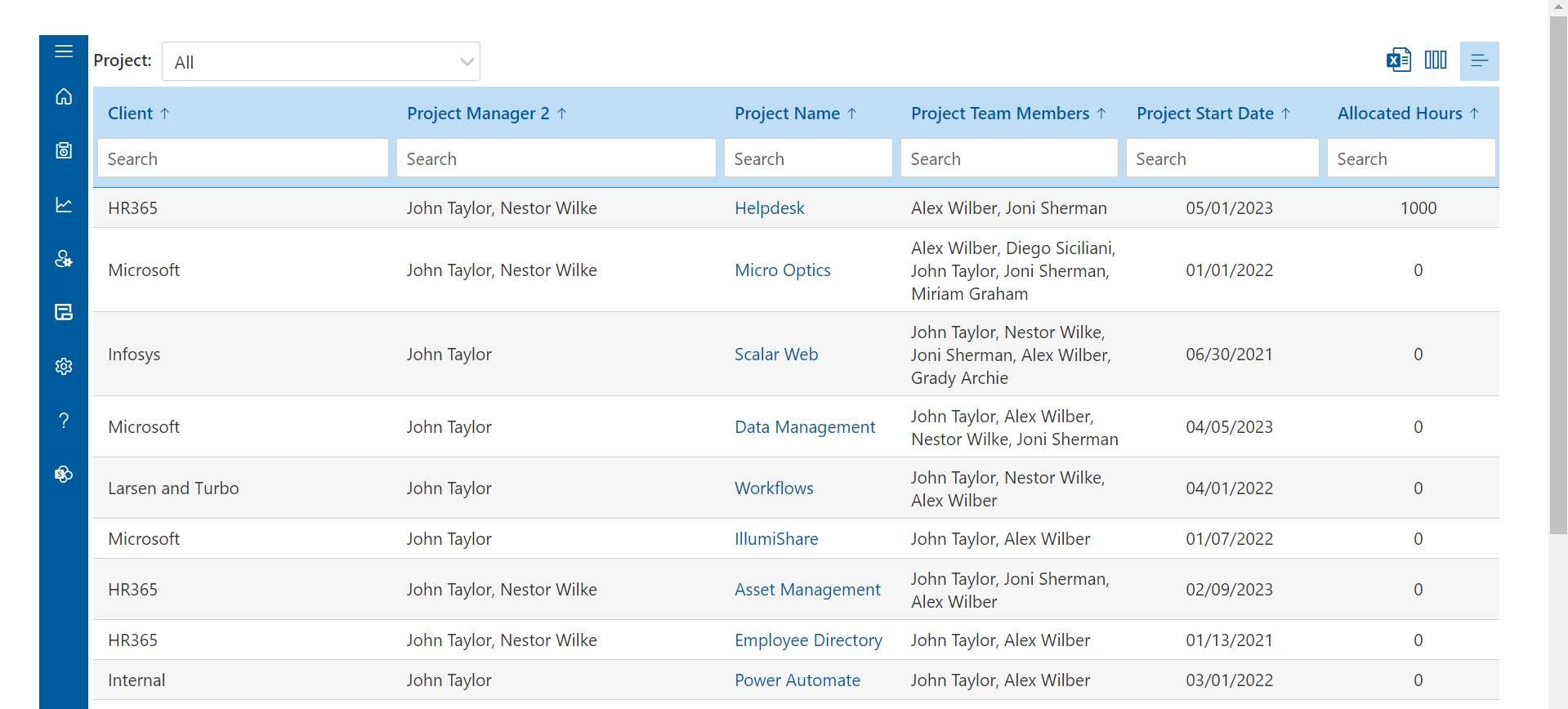
Approval Workflows:
Allows managers to review and approve time entries before they are finalized, ensuring accuracy and compliance with company policies.
With approval workflows, organizations can establish predefined processes for verifying and validating time data, ensuring accuracy and compliance with company policies or client requirements.
Typically, approval workflows allow designated individuals, such as managers or supervisors, to review and approve or reject time entries submitted by employees.
Users can set up hierarchical approval structures, define routing rules, and establish escalation paths to ensure timely processing of time approvals.
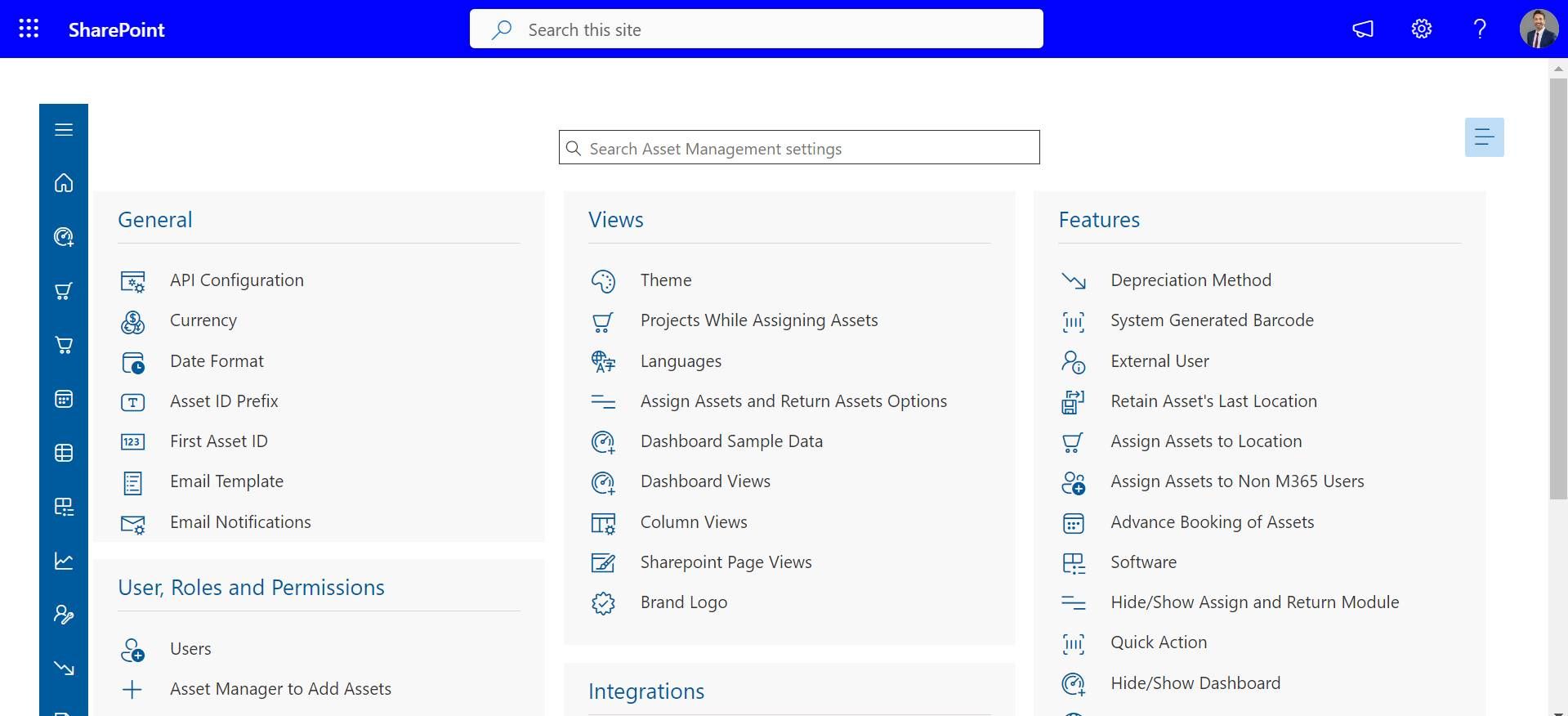
User Permissions and Access Control:
Provides role-based access control to ensure that users only have access to the features and data relevant to their roles and responsibilities.With user permissions, administrators can define roles and permissions for each user, specifying what actions they can perform, and which features or data they can access. Access control allows administrators to restrict access to sensitive data or functionalities based on user roles or specific criteria. This ensures that users only have access to the information and features that are relevant to their roles or responsibilities.
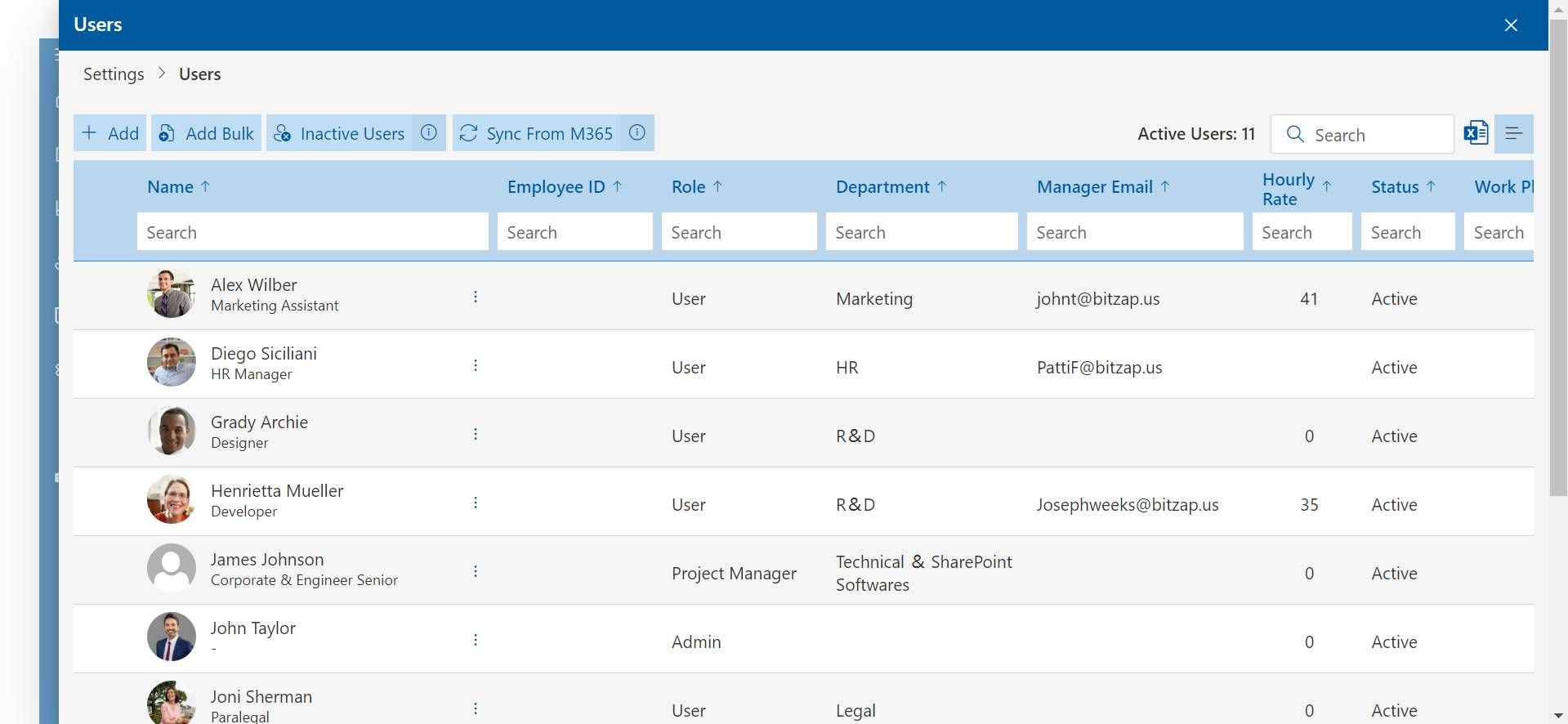
Client Invoicing:
Generates client invoices based on billable hours logged in the employee time tracking app, streamlining the billing process for service-based businesses.
With client invoicing functionality, users can easily convert approved time entries into professional-looking invoices, streamlining the billing process and saving time.
Allow users to customize invoice templates with company logos, branding, and relevant billing information.
Users can include detailed breakdowns of billable hours, rates, expenses, and any additional charges, ensuring transparency and accuracy in client billing.
Client invoicing features often support multiple billing methods, such as hourly rates, flat fees, or project-based billing, giving users flexibility to accommodate different client agreements or billing preferences.
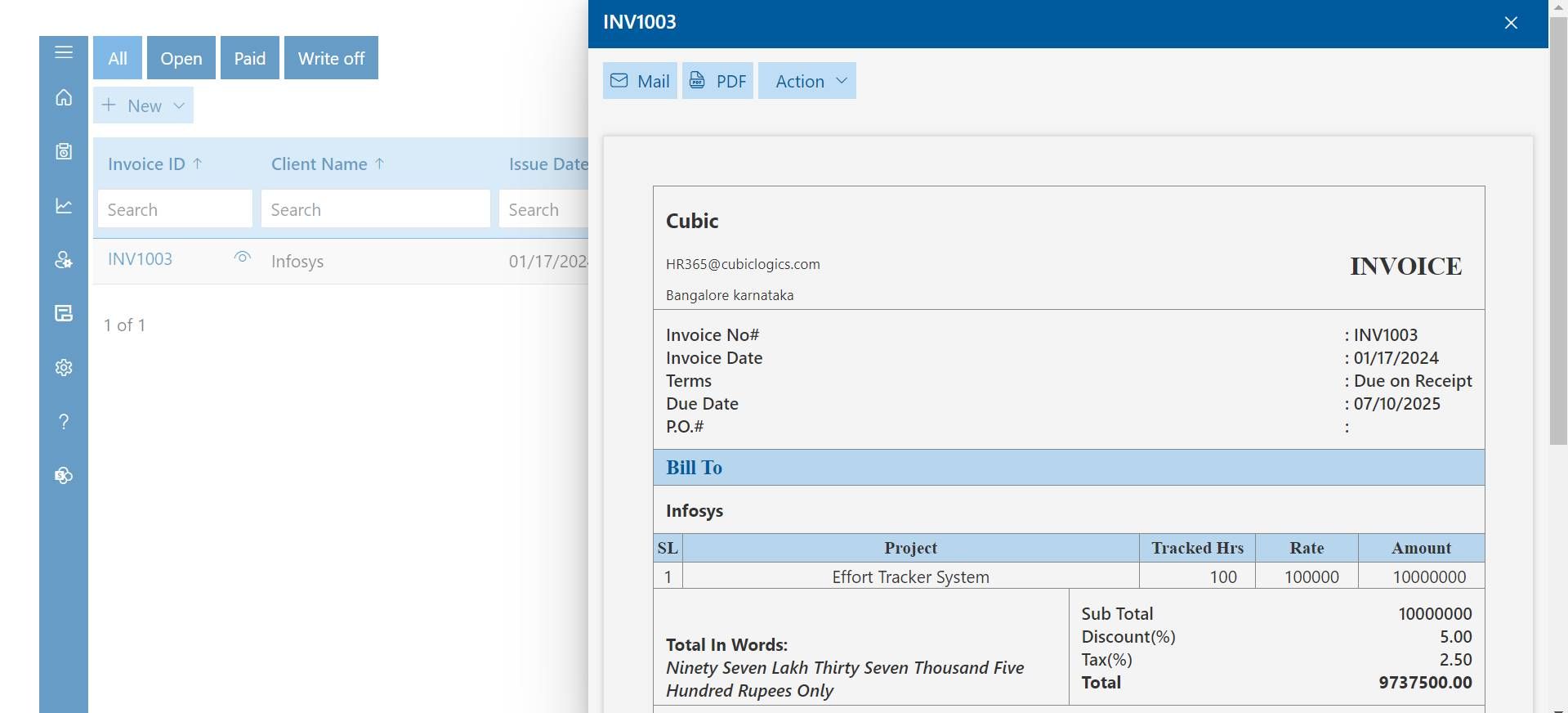
What are the advantages of using Employee Time Tracking App?
Using an employee time tracking app offers a plethora of advantages for both individuals and organizations across various industries.
These digital tools streamline the process of tracking and managing time, providing numerous benefits such as increased accuracy, improved productivity, enhanced project management, better resource allocation, and streamlined invoicing and billing processes.
- Accurate Time Tracking: Allow for precise recording of work hours, reducing errors and discrepancies associated with manual timekeeping methods such as paper timesheets or spreadsheets.
- Improved Productivity: By tracking time spent on different tasks and projects, employees can better manage their time, prioritize tasks, and stay focused, leading to increased productivity.
- Transparency and Accountability: Provide transparency into how employees allocate their time, promoting accountability and ensuring that work hours are spent effectively.
- Streamlined Billing and Invoicing: For service-based businesses, employee timesheet apps simplify the process of billing clients by accurately tracking billable hours and expenses, reducing billing errors and disputes.
- Insightful Reporting: Generate detailed reports on employee time usage, project progress, and resource allocation. These insights help managers make informed decisions, identify inefficiencies, and optimize workflows.
- Compliance with Labor Laws: Help organizations comply with labor laws and regulations regarding employee work hours, overtime, and breaks by accurately recording and monitoring work hours.
- Remote Work Support: With the rise of remote work, provide a convenient way for employees to log their work hours from anywhere, ensuring that remote workers are accounted for and properly compensated.
- Integration with Other Tools: Many timesheet app integrate with other software tools such as project management systems, accounting software, and payroll systems, streamlining data transfer and reducing administrative overhead.
- Customization and Flexibility: Often offer customization options to adapt to the unique needs of different businesses, such as customizable fields, reporting formats, and approval workflows.
- Cost Savings: By automating Microsoft time tracking processes and reducing manual paperwork, timesheet app help organizations save time and money, improving operational efficiency and reducing administrative costs.
Using a SharePoint timesheet application provides numerous benefits that contribute to better workforce management, increased productivity, and improved financial management for organizations of all sizes.
How will the Timesheet app help in your business?
A timesheet app in your business can revolutionize the way you manage time, projects, and resources.
By seamlessly integrating into your workflow, a timesheet app offers multifaceted benefits that enhance efficiency, transparency, and productivity across your organization.
From accurate Microsoft time tracking to streamlined project management and simplified invoicing, this digital solution empowers your team to work smarter, collaborate effectively, and achieve better results.
Let’s explore how incorporating a SharePoint timesheet app can propel your business forward, optimizing operations and driving success in today’s dynamic work environment.
- Improved Time Tracking: A timesheet apps enables accurate tracking of project work hours and tasks, reducing the likelihood of errors associated with manual timekeeping methods.
- Enhanced Productivity: With real-time visibility into how time is spent, you can identify inefficiencies and encourage better time management practices among your team members, leading to increased productivity.
- Streamlined Project Management: Timesheet app provide insights into project progress, resource allocation, and task completion times, helping you better manage projects, meet deadlines, and allocate resources effectively.
- Accurate Invoicing and Billing: By tracking billable hours and project expenses, you can generate accurate invoices for clients, reducing disputes and ensuring timely payments, which ultimately contributes to improved cash flow.
- Data-driven Decision Making: Timesheet software data can be analyzed to identify trends, forecast future resource needs, and make informed decisions about staffing, project prioritization, and budget allocation.
- Compliance and Accountability: Timesheet apps help ensure compliance with labor regulations and company policies regarding work hours, breaks, and overtime. They also promote accountability among employees by providing transparency into their time and attendance.
- Remote Work Support: In today’s increasingly remote work environment, employee timesheet app with mobile accessibility allow employees to log their time from anywhere, facilitating flexible work arrangements without sacrificing accountability.
- Integration with Other Systems: Timesheet app offer integration with other business systems such as payroll, accounting, and project management software, streamlining workflow and reducing administrative overhead.
Implementing a timesheet app can streamline your business operations, improve efficiency, and provide valuable insights that drive growth and success.
Conclusion
In conclusion, the Timesheet app exemplifies an efficient and user-friendly solution for managing employee work hours, project tracking, and payroll processing. With its intuitive interface and comprehensive features, Timesheet 365 streamlines time tracking and enhances productivity, making it an invaluable tool for businesses of all sizes. By automating administrative tasks and providing insightful analytics, Timesheet 365 empowers organizations to focus on their core activities while ensuring accurate and compliant time management.
Frequently Asked Questions
Yes, many timesheet app offer customization options that allow users to tailor their timesheets to capture specific data fields relevant to their projects or tasks. These customization features typically enable users to add, remove, or modify fields within the timesheet interface to accommodate their unique tracking needs.
For example, users might want to include fields such as project codes, client names, task descriptions, billing rates, or any other relevant information that helps them accurately record and categorize their time entries.
By customizing their timesheets in this way, users can ensure that they capture all the necessary details for tracking and reporting purposes.
There are various ways an employee time tracking app could handle tracking time spent on multiple projects or tasks simultaneously:
Multi-task Time Tracking: The app allows users to track time for multiple tasks or projects concurrently by enabling them to start timers for each task separately. This way, users can switch between tasks without interrupting the tracking process.
Manual Time Entry: Users can manually input time entries for different projects or tasks, specifying the start and end times or the total duration spent on each activity. This method allows flexibility for users to record time spent on various tasks even if they overlap.
Project-Based Timers: The app may offer project-based timers that run independently for each project. Users can start timers for different projects, and the app keeps track of the time spent on each project separately.
Task Switching Detection: Some advanced timesheet apps can detect when users switch between tasks and automatically pause the timer for one task while starting it for another. This ensures accurate tracking of time spent on each task, even when switching between them.
Parallel Time Entries: Users can create parallel time entries for different projects or tasks within the same period. This allows users to record simultaneous activities without restrictions, providing detailed insights into their time allocation.
A typical timesheet app might handle approval workflows for time entries:
Submission: Employees submit their time entries through the timesheet app, specifying the tasks they’ve worked on, along with the corresponding hours and any necessary details.
Review: Managers or supervisors receive notifications or alerts when new time entries are submitted. They can then review the entries for accuracy, completeness, and compliance with company policies or client requirements.
Approval/Rejection: Managers have the option to approve or reject time entries based on their review. Approved entries are then considered final and can proceed to the next stage of processing, such as payroll or client invoicing. Rejected entries are sent back to the employee for revisions or further clarification.
Audit Trail: The timesheet app maintains an audit trail of all approval actions, including the date, time, and user responsible for each action. This helps ensure accountability and provides a record for compliance purposes.
The timesheet app streamlines the approval process, ensuring that time entries are accurately reviewed and approved promptly, thus facilitating efficient payroll processing, client billing, and project management.
A employee time tracking app works by providing users with a digital platform to record and manage their work hours, tasks, projects, and other relevant details. Here’s how a typical employee time tracking app works:
User Interface: The application provides users with an intuitive interface accessible via web browsers, desktop applications, or mobile devices. Users log in using their credentials to access their timesheets and related features.
Time Tracking: Users can enter their work hours manually or use built-in timers to track time spent on tasks in real-time. They specify the start and end times of each task or project, along with any breaks or interruptions.
Task and Project Management: Timesheet applications often include features for organizing time entries by tasks, projects, clients, or categories. Users can allocate their work hours to specific activities and provide additional details such as project codes, descriptions, or billable rates.
Reporting and Analytics: The application generates reports and analytics based on the recorded time entries, allowing users to analyze their time usage, track project progress, and monitor productivity metrics. Reports may include summaries of total hours worked, billable hours, overtime, project costs, and resource utilization.
Approval Workflows: For organizations with approval processes, timesheet applications may include workflows for submitting and approving timesheets. Users submit their timesheets for review by supervisors or managers, who can then review, edit, or approve the entries before finalizing them for payroll or invoicing.
Integration: Timesheet applications often integrate with other business tools and systems such as project management software, accounting systems, payroll systems, or calendars. Integration enables seamless data sharing, automation of repetitive tasks, and synchronization of time entries across different platforms.
Notifications and Reminders: The application may send notifications and reminders to users to prompt them to submit their timesheets, approve pending entries, or notify them of upcoming deadlines or project milestones.
Customization: Users and administrators can often customize their timesheets and reports according to their specific preferences and requirements. This may include adding custom fields, defining workflows, setting up approval hierarchies, or configuring billing rates.
Accessibility and Security: Timesheet applications prioritize accessibility and security to ensure that users can access their timesheets anytime, anywhere, while safeguarding sensitive data. They may employ encryption, access controls, multi-factor authentication, and compliance with data protection regulations to protect user privacy and confidentiality.
A employee time tracking app streamlines the process of tracking and managing work hours, tasks, and projects, providing users with a centralized platform to monitor their time usage, improve productivity, and ensure accurate billing and payroll processing.
Schedule a free personalized 1:1 demo
By proceeding, you accept Cubic Logics’s terms and conditions and privacy policy





Start Your Free Experience
By proceeding, you accept Cubic Logics’s terms and conditions and privacy policy







Schedule a free personalized 1:1 demo
By proceeding, you accept Cubic Logics’s terms and conditions and privacy policy






Start Your Free Experience
By proceeding, you accept Cubic Logics’s terms and conditions and privacy policy






Start Your Free Experience
By proceeding, you accept Cubic Logics’s terms and conditions and privacy policy







